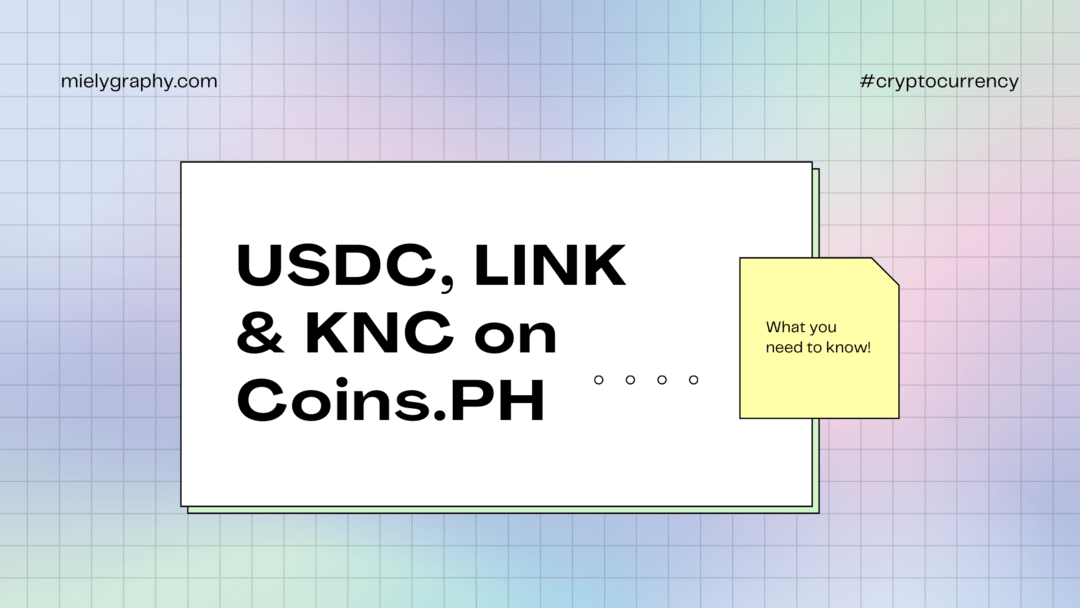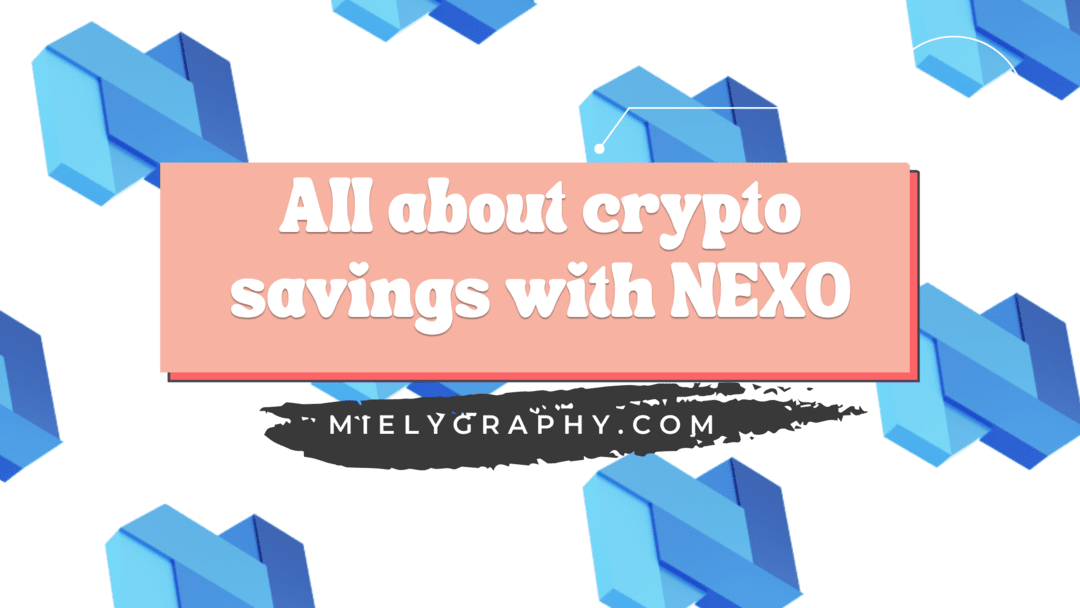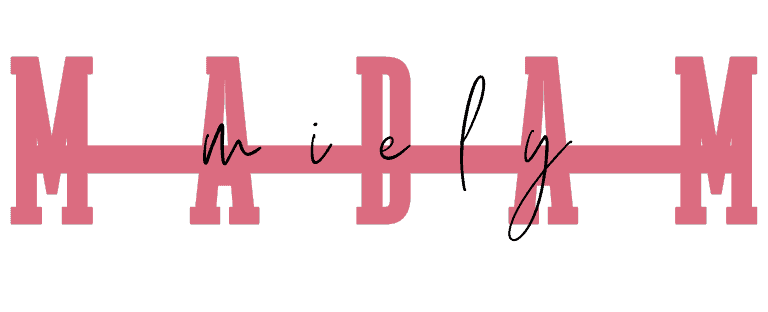What you need to know about the new coins listed on Coins.ph!
I just opened the coins.ph app today and got a pop-up saying that they have now supported USDC, LINK, and KNC. To me, it’s a really nice feature because one of the best cash-out or tokens to use for withdrawing cryptocurrencies is USDC. Although it’s just my opinion, having the flexibility to use a wallet for different currencies is a must for me.
Anyway, my goal today is to give you more details about the following tokens that were recently added at coins.ph. And also what’s in it to us.
What is USDC?
USDC is an ERC-20 stablecoin that is pegged 1:1 to US Dollar. Meaning to say the price of it is stable and it follows the price of USD. So 1 USDC is equivalent to 1 USD.
ERC-20 token is a blockchain-based asset that is similar to cryptocurrencies but it is hosted on Ethereum’s blockchain/network.
What is Chainlink (LINK)?
LINK on the other hand is not a stablecoin. So the price may vary depending on the market. It’s also an ERC-20 token but the also has its network called Chainlink Network.
The goal of their decentralized network is to provide reliable and tamper-proof inputs and outputs for smart contracts on any blockchain. Their main reason for this is to connect smart contracts to the real world.
In my personal opinion, I like Chainlink’s goals and I’m looking forward to seeing success on their projects.
MetaMask and Binance Chain Wallet (Decentralized Wallets to Check)
What is Kyber Network Crystal (KNC)?
Honestly, I don’t have too much info about this one but I did some readings.
Kyber Network is a protocol that aims to provide liquidity to decentralized products and facilitate swaps of other ERC-20 tokens.

Liquidity Providers
When you say provide liquidity to decentralized products it means that you’ll be staking your tokens to them so that the traders on DEXes (Decentralized Exchanges) can instantly execute a trade/swap of tokens. Without liquidity, the tokens you’re trying to swap from DEXes will take longer as it’s going to be a P2P transaction.
P2P
P2P is peer to peer, so if there aren’t liquidity providers and you’d have to swap let’s say your ETH to USDC or something else, then you’d need to look for someone who wants to swap your tokens using their USDC tokens. Having that said this process can take a while compared to having access to DEXes that is connected to protocols like Kyber Network which is providing liquidity.
What is the meaning of these tokens to users of Coins.PH?
So far based on what we defined so far, USDC is simply a stablecoin, and the other 2 tokens which are LINK and KNC are native tokens of their networks. But keep in mind that these are ERC-20 tokens that are known to be connected on Ethereum Network.
Having that said these tokens have higher transaction fees compared to tokens like Litecoin, XRP, and XLM.
Since CoinsPH is a centralized wallet therefore it still can’t be used on DeFi wallets like Metamask. But this is still beneficial for CoinsPH users who wanted to explore the world of DeFi because it’s now easier to access these tokens in their platform.
Earn Passive Income with Binance Liquidity Pool?
Is adding USDC, LINK, and KNC good for CoinsPH users?
I should say yes, it’s good especially now that DeFi usage and Dapps are getting popular in the country like what’s trending recently, the Axie Infinity.
It also allows flexibility to their users which is always a good thing. I am glad that finally, CoinsPH has added a stablecoin like USDC because that’s usually my preferred token when entering or exiting Cryptocurrency Exchanges like Binance, Kraken, and Poloniex.
How about you? Did you like this new update on CoinsPH? Comment your thoughts and please share 😘.
click here to send me Ko-fi










